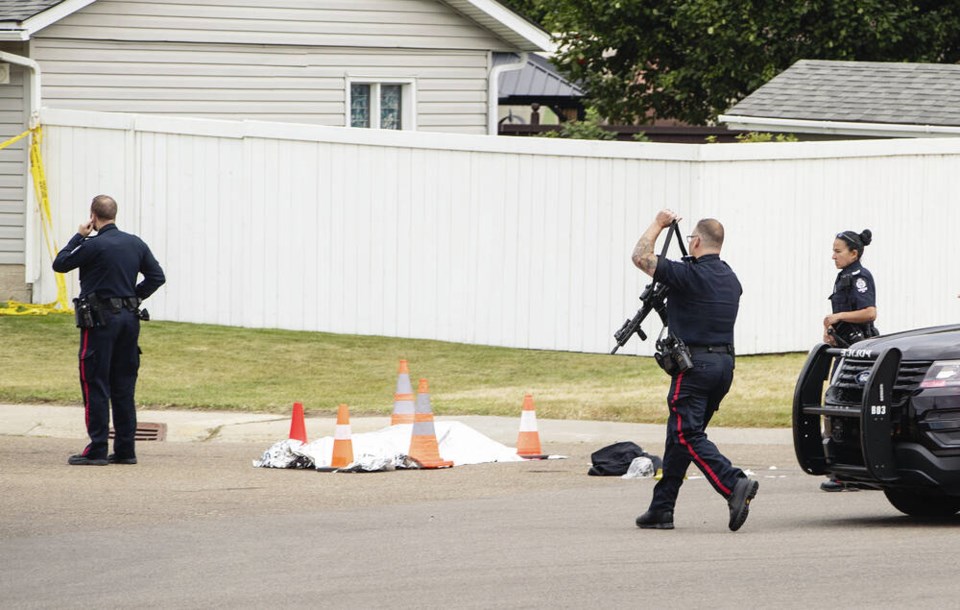While community safety is about more than crime and violence, it is nonetheless where people’s minds often go. They are greatly assisted in that by the attention paid to crime and violence by the media, often amplified by what we might call the “law and order” brigade, for whom the answer is more and better policing.
Now I am not about to join those calling for the defunding of the police, an approach that is just as mistaken as calls for more policing; clearly, we need a police force that deals with crime and violence. But both the advocates of law and order and the advocates of defunding fall into the trap that H.L. Mencken remarked upon many years ago: “For every complex problem there is a solution that is simple, neat – and wrong.”
So instead of being simplistic, we need to recognize that community safety belongs in the category of “wicked problems”: “a complex issue that defies complete definition, for which there can be no final solution, since any resolution generates further issues, and where solutions are not true or false or good or bad, but the best that can be done at the time,” as Rittel and Webber defined them 50 years ago.
Obviously, the first way in which it is a complex issue that defies complete definition is that the most important safety issues, from a public-health perspective, are falls, transport-related accidents and self-harm and suicide. Intentional injury (assaults) are the fifth most common cause of injury-related hospitalization.
A second issue is that many assaults are either domestic/intimate partner violence or sexual violence. Statistics sa国际传媒 reports that “women accounted for about eight in 10 victims of intimate partner violence in 2020” and that 80 per cent or more of such crimes are not reported to the police. So violence caused by strangers seems more common, and gets more attention, even though, as StatCan also reported, “four out of five victims of solved homicides in 2020 knew their killer.”
A third issue is that assault itself is not the crime that is uppermost in people’s minds. A Victoria Police Department survey released in June found that when people were asked: “Which one problem should VicPD pay closer attention to?” the top two issues were homelessness (18 per cent) and mental health (16 per cent). Then came breaking and entering (15 per cent) and traffic offences (14 per cent), while drug possession/use (nine per cent) and drug trafficking (eight per cent) were fifth and sixth. Assault was in seventh place at six per cent.
This survey also revealed another aspect of the complexity. As reported in this newspaper: “Victoria police spokesman Bowen Osoko said neither homelessness nor mental-health problems are criminal matters. ‘That talks to the need for more services and support for people experiencing homelessness [and] more services and support for people with mental health [issues],’ ” he said.
A fourth problem is that a safe community is not just about data and facts pertaining to injury, but about perception. If we do not feel safe, if we are fearful, we may not go downtown, or use the parks, or go jogging in the evening. Many factors influence our perception of safety, including the media attention focused on crime, which can heighten fear; the design and lighting of our public spaces; the extent to which there are “eyes on the street” and other factors.
Finally, any truly effective approach to creating a safer community must take a public-health approach. Just as with cancer or heart disease, the best outcome is not to have to treat the problem, but not to have it in the first place. So while it is tempting to resort to “law and order” to arrest and punish perpetrators, it would be better to ask why is this happening, and what causes that and so on, moving upstream to identify and remedy the underlying factors that contribute to a community being and/or feeling unsafe.
In my next column, I will explore some of the complex issues involved in creating a safer community, and the evidence of what does and does not work.
Dr. Trevor Hancock is a retired professor and senior scholar at the University of Victoria’s School of Public Health and Social Policy.
>>> To comment on this article, write a letter to the editor: [email protected]



